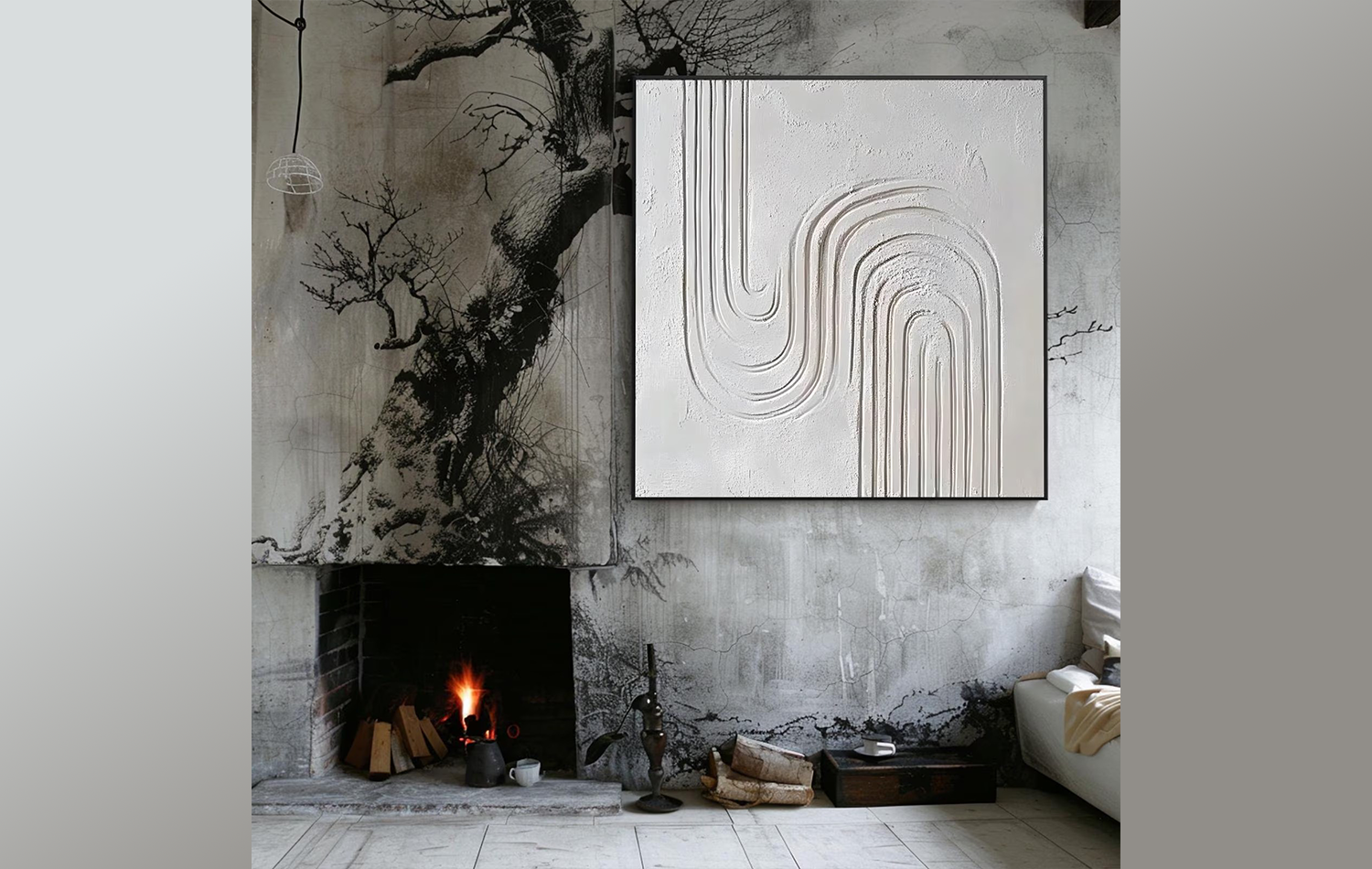
The Enduring Allure: What Makes Modern Oil Paintings So Captivating?
The Enduring Allure: What Makes Modern Oil Paintings So Captivating?
Oil painting evokes images of Renaissance masters or Impressionist legends. Yet walk into any cutting-edge gallery today, and you'll find modern oil paintings radiating a bold, contemporary vitality. How does a 600-year-old medium stay fiercely relevant? The answer lies in its evolution—artists today reinvent tradition while honoring oil paint's irreplaceable magic. Let's explore why these works mesmerize collectors and art lovers alike.
1. Innovative Techniques: Ancient Medium, Radical Voice
Modern artists push oil paint beyond classical boundaries, blending tradition with audacious experimentation:
- Mixed Media Fusion: Layers of gold leaf, sand, digital prints, or textiles add tactile intrigue. Belarusian artist Ludmila Zhizhenko even paints with crude oil—its earthy tones symbolizing fertility and nature's paradoxes.
- Experimental Application: Palette knives, rags, or industrial tools create sculptural textures. Trent Gudmundsen (USA) deconstructs forms into graphic color blocks, merging figures with backgrounds through subdued edges.
- Disruptive Styles: From hyperrealism to fluid abstraction, artists like Chou Shih Hsiung (Taiwan) use oil's slow-drying nature to create kinetic "petroleum paintings" that never fully solidify, reflecting perpetual change.
2. Themes Mirroring Our World: Identity, Crisis, and Hope
No longer confined to religious or aristocratic subjects, modern oil paintings dissect contemporary life:
- Identity & Belonging: Works explore cultural hybridity, gender fluidity, and migration.
- Socio-Political Dialogues: Artists respond to climate collapse, inequality, and digital alienation. Chou Shih Hsiung's oil installations critique industrialization through family narratives.
- Emotional Archaeology: Introspective pieces visualize mental health, memory, and vulnerability.
- Abstract Universes: Color, form, and texture become standalone subjects, inviting viewers to project personal meaning.
3. Material Alchemy: Depth, Light, and Timelessness
Oil's unmatched physicality remains its superpower:
- Luminosity: Slow drying allows glazing—thin layers that trap light, creating jewel-like depth.
- Tactility: Brushstrokes and impasto ridges record the artist's hand, forging a visceral connection.
- Endurance: Well-cared-for oils outlive generations, offering legacy value digital art can't match.
4. Tradition Meets Urgency: A Medium of Now
Modern oil paintings bridge history and immediacy. They wield a revered medium to dissect AI ethics, climate grief, or queer joy—creating tension between permanence and flux. As Gudmundsen notes:
"Say more with less," inviting viewers to complete the narrative.
This duality resonates deeply in our fast-paced era.
5. Sustainability: The Conscious Evolution
As eco-awareness grows, artists innovate responsibly:
- Eco-Materials: Plant-based solvents, low-VOC pigments, and recycled canvases reduce footprints.
- Ethical Sourcing: Linen supports from regenerative farms or reclaimed wood frames.
- Longevity Focus: Rejecting disposable art, oils become heirlooms—sustainable by design.
Why Collect Modern Oil Paintings?
Beyond aesthetics, they offer:
- Emotional Resonance: A tangible record of human experience.
- Cultural Dialogue: Each piece questions, celebrates, or reimagines our world.
- Investment Wisdom: As digital saturation grows, tactile art gains rarity value.

